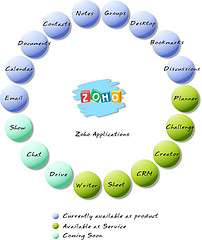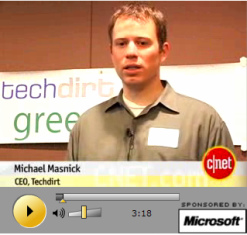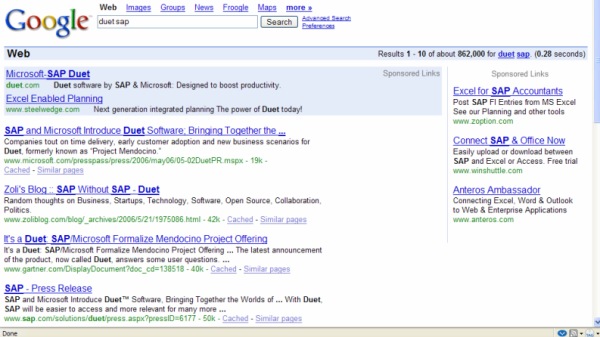ZDNet reports that Microsoft’s already aggressive Windows Genuine Advantage “might be on the verge of getting even messier. In fact, one report claims WGA is about to become a Windows “kill switch” – and when I asked Microsoft for an on-the-record response, they refused to deny it.” Quote from a MS Customer Service rep:
“He told me that “in the fall, having the latest WGA will become mandatory and if its not installed, Windows will give a 30 day warning and when the 30 days is up and WGA isn’t installed, Windows will stop working, so you might as well install WGA now.”
The problem is that WGA is sneaky, installs without warning and breaks havoc on certain computers. It is also known to report perfectly legal installations as illegal. And now (actually from September) they can kill your Windows? What a mass. Too bad Robert Scoble is busy packing his house– he should shed some light on this.
Related posts:
- Who stole Windows?
- The (Potential) Iron Fist Of Microsoft’s WGA
- Windows Genuine Stupidity
- This install of Windows will self destruct in 30 days
- Microsoft to Kill Pirated Copies of Windows in Q4?


 Well, maybe you shouldn’t. Let me rephrase the original statement: Wikis have arrived when …you don’t even have to know what they are to use one. You don’t have to know you’re using a wiki, just happily type away, creating shareable content on the Web. This just became possible on Monday, with the launch of
Well, maybe you shouldn’t. Let me rephrase the original statement: Wikis have arrived when …you don’t even have to know what they are to use one. You don’t have to know you’re using a wiki, just happily type away, creating shareable content on the Web. This just became possible on Monday, with the launch of 

 The success of traditional conferences largely depends on the quality of the presentations: that’s not the case with the
The success of traditional conferences largely depends on the quality of the presentations: that’s not the case with the 
 The woman whose life was the inspiration for the hit ’80s movie “
The woman whose life was the inspiration for the hit ’80s movie “

Recent Comments